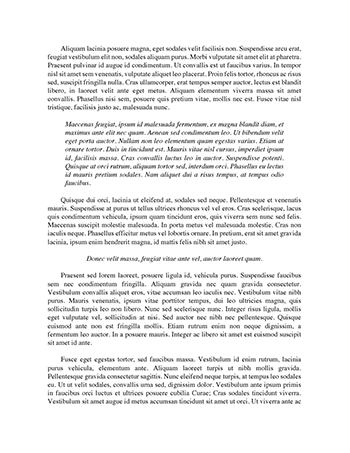
Brs Mdm3 Tif Ch12 Essays
Words: 1702
Pages: 7
Chapter 12 Inventory Control Models
12.1 Chapter Questions
Use this information to answer the following questions.
A bakery buys sugar in 15-pound bags. The bakery uses 5000 bags of sugar each year. Carrying costs are $20 per bag per year. Ordering costs are estimated at $5 per order. Assume that the bakery is open 250 days a year and its daily demand is estimated at 20 bags. It takes 5 days for each order of sugar to be filled.
1) Refer to the information above. What is the optimal EOQ?
A) 200 bags
B) 5000 bags
C) 2500 bags
D) 100 bags
E) 50 bags
Answer: E
Page Ref: 12-7
Topic: Economic Order Quantity: Determining How Much to Order
Difficulty: …show more content…
Answer: FALSE
Page Ref: 12-14
Topic: Economic Production Quantity: Determining When to Produce
Difficulty: Moderate
22) The optimal Economic Production Quantity (EPQ) minimizes the sum of set up and carrying costs.
Answer: TRUE
Page Ref: 12-15
Topic: Economic Production Quantity: Determining When to Produce
Difficulty: Moderate
23) The C group items in ABC analysis require closer monitoring than the A group items.
Answer: FALSE
Page Ref: 12-29
Topic: ABC Analysis
Difficulty: Moderate
24) In the Economic Order Quantity (EOQ) model, the maximum amount of inventory held in a given cycle is the optimal order quantity Q*.
Answer: TRUE
Page Ref: 12-6
Topic: Economic Order Quantity: Determining How Much to Order
Difficulty: Moderate
25) Inspection of purchased goods for quality upon arrival is an example of holding cost.
Answer: FALSE
Page Ref: 12-4
Topic: Inventory Control Decisions
Difficulty: Moderate
26) The EPQ model is primarily concerned with the timing of orders.
Answer: FALSE
Page Ref: 12-14
Topic: Economic Production Quantity: Determining When to Produce
Difficulty: Moderate
27) The average inventory level is inversely/negatively related to order size.
Answer: FALSE
Page Ref: 12-6
Topic: Economic Order Quantity: Determining How Much to Order
Difficulty: Moderate
28) When demand is constant, the Reorder point (ROP) is a function of demand and lead time.
Answer:
